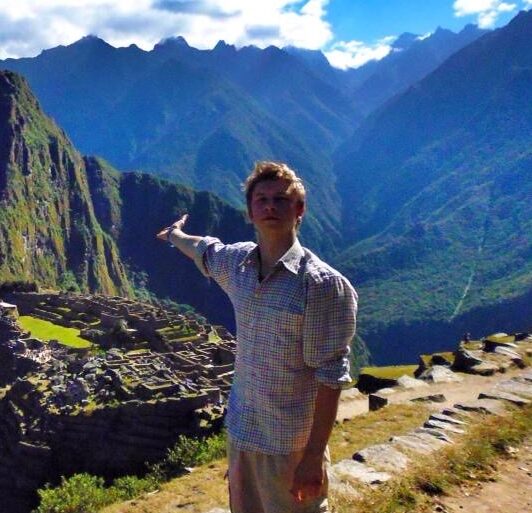From the planting of the first vines by Spanish conquistadors in 1554 to the viticulture boom of the mid-19th century, Chile’s wine-making history has deep roots.
With straightforward access from the capital, a few nights in the Winelands is an easy addition to your bespoke Chilean itinerary.
Ask modern-day connoisseurs, and you’ll discover Chile’s wine regions rank among the finest in the world.
From deep, complex Merlots to refreshing, cool-climate Chardonnays and coastal Sauvignon Blancs, the country’s diverse climate and terrain allow for a wide range of grape varieties to be grown.
Originating from the French region of Médoc in Bordeaux, the Carmenère grape (treasured for its unique, spicy aromas) has come to be known as a national symbol of Chilean wines.
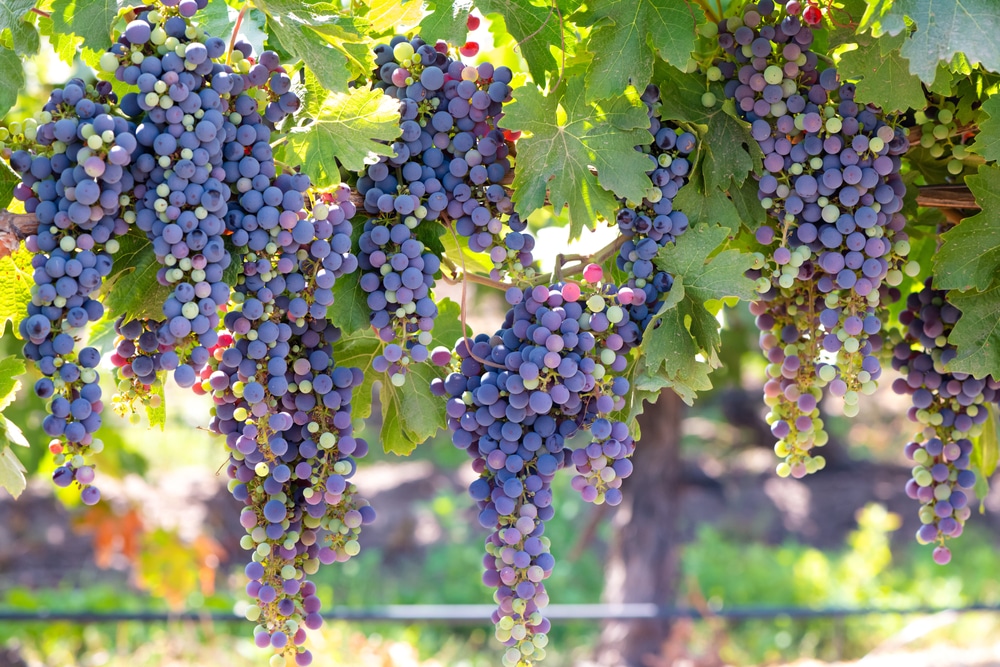
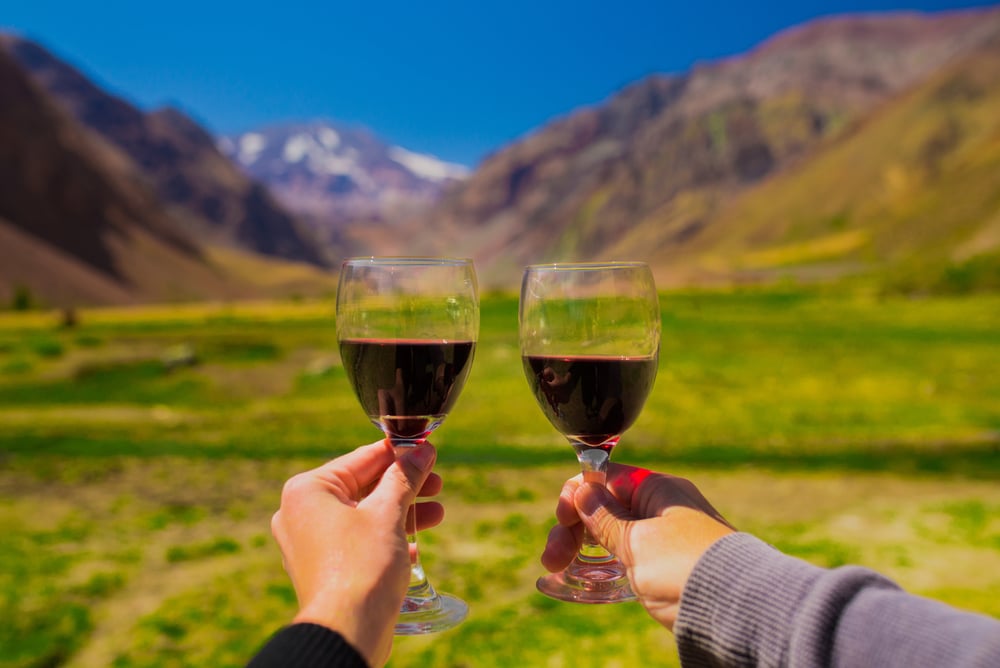
The Winelands stretch from the Copiápo Valley near the Atacama Desert all the way down to the Osorno Valley in the deep south of the Austral.
The Central Valley south of Santiago is where you’ll find some of the most prestigious wineries, from traditionally boutique establishments to thoroughly modern, up-and-coming growers.
Several sub-regions make up the extensive ‘Valle Central’, including the Maipo, Colchagua and Casablanca Valleys. Green and rugged Maipo (widely hailed as the “Bordeaux of South America”) is where the first vines were planted in the 16th century, and is still considered the heart of viticulture in Chile. Extremely rich, fruit-driven Cabernet Sauvignon is the signature variety here, but you can also sample Merlot and Syrah on tasting tours at family-run wineries.
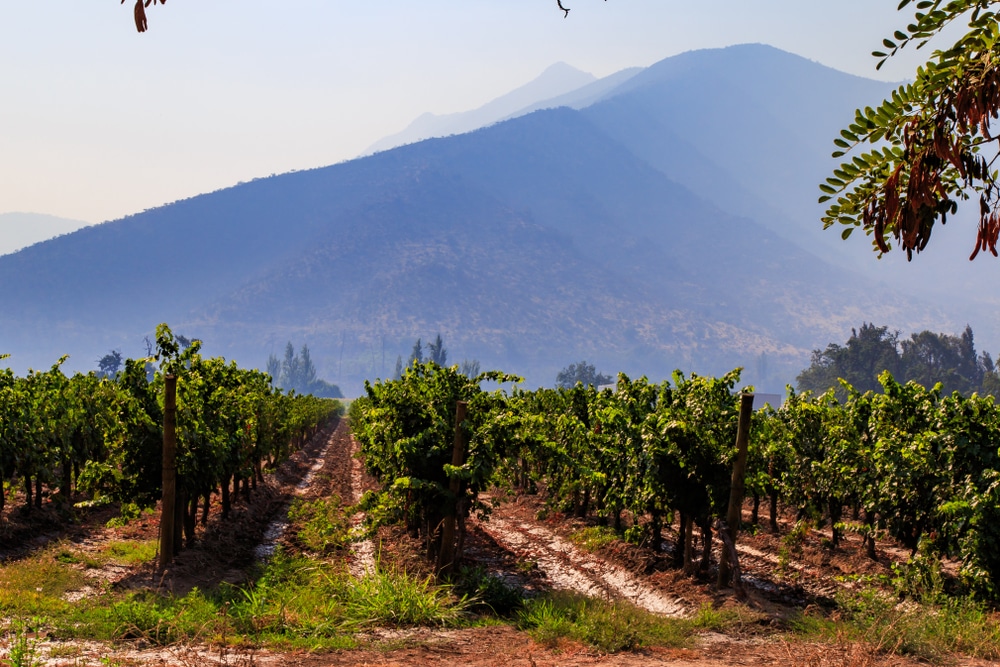
As well as fine wines, visitors to the region can expect to encounter age-old country traditions and the full warmth of Chilean hospitality.
Not to mention the picturesque beauty of the Chilean countryside, which can be explored on foot, horseback or bicycle. Staying in a boutique hotel or charming colonial hacienda, your days will be rounded off with delicious meals and stunning sunsets over the rolling vineyards.
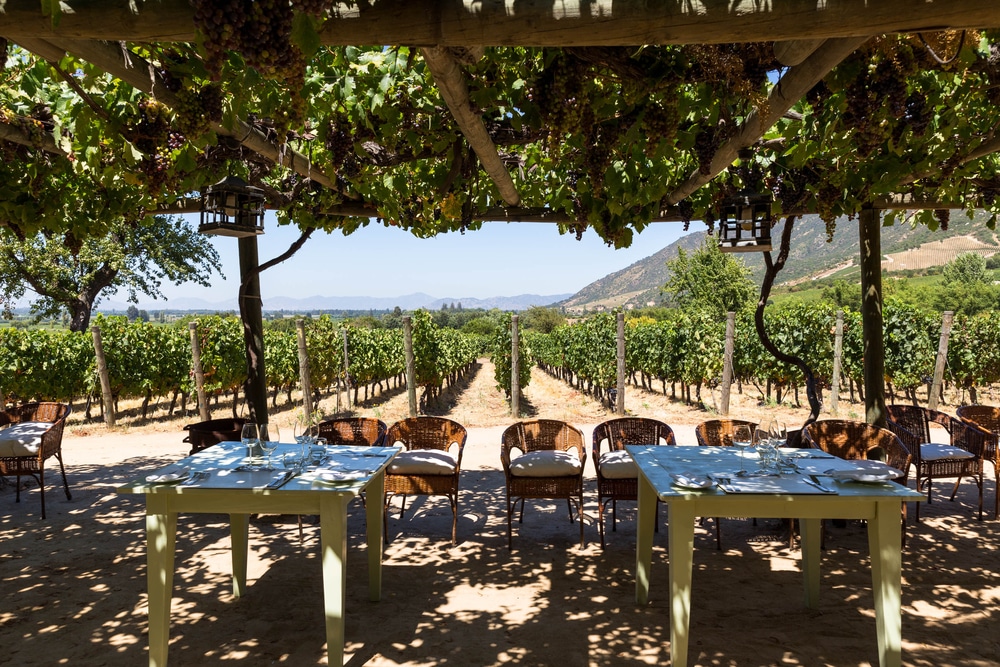
Harvest season runs from February through to the end of April – incidentally a wonderful time to visit the region, with the autumnal hues offering an enchanting backdrop to your excursions.
Santiago and the Central Valleys are hottest in the peak summer months of December to February, when temperatures regularly exceed 30C.
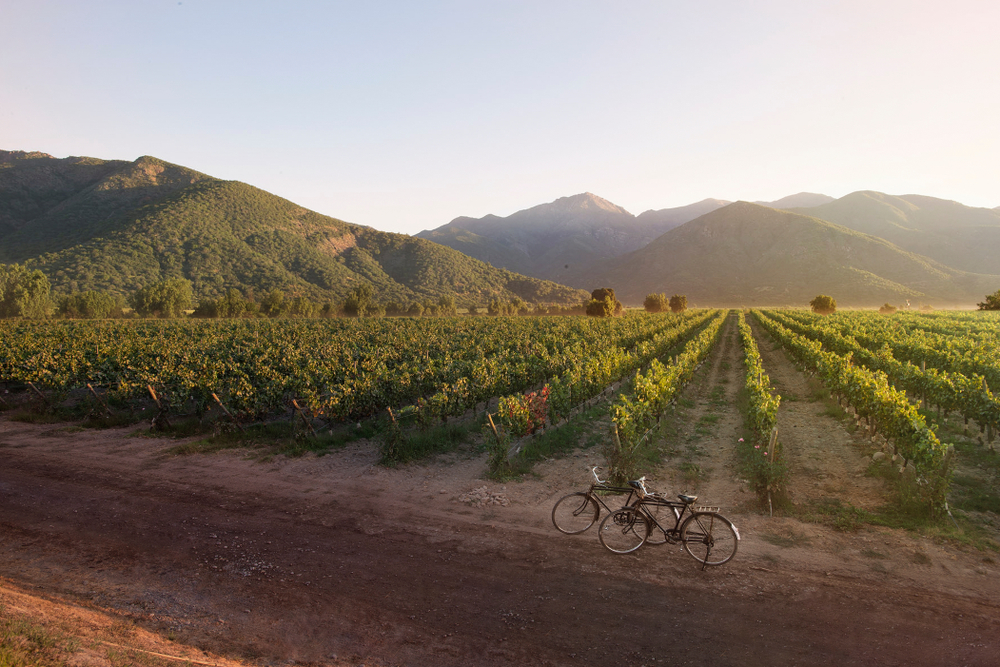
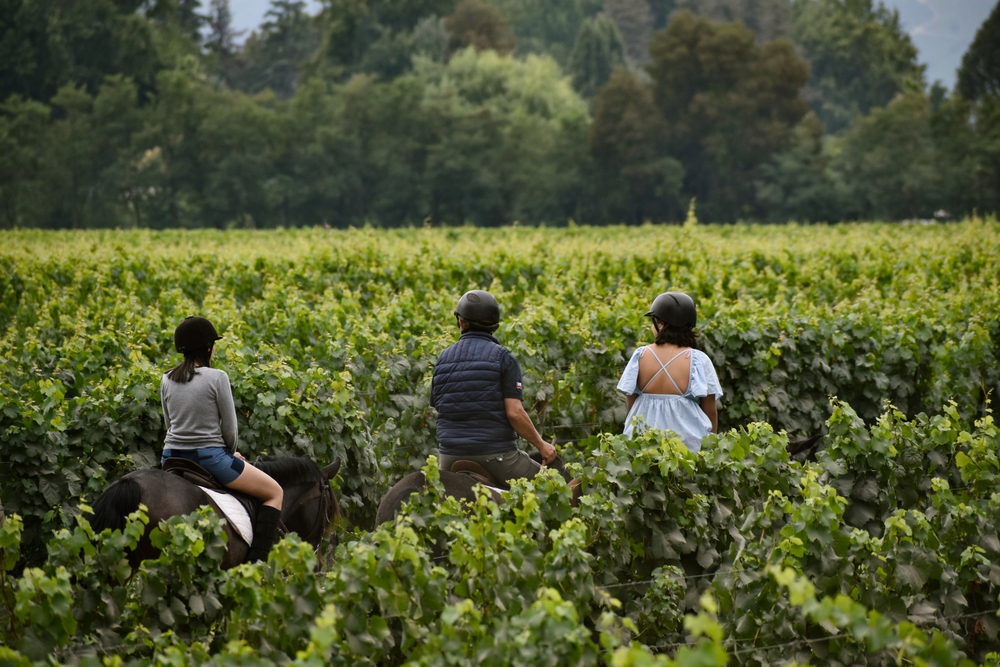
Where to stay?
West of the capital in the pretty Rosario Valley, La Casona at Matetic is an excellent choice for those looking to discover the secrets of the wine-making process, from establishing a ‘style’ of wine to the intricacies of production, bottling and storage. Between tours, you can venture out to mountain bike, hike and horse ride with Chilean cowboys.
For that extra touch of luxury, Viña Vik in the foothills of the Andes comprises a supremely stylish boutique guest house in the middle of an established winery. Enjoy learning about the property’s holistic wine production, dining on gourmet cuisine and soaking in glorious views from your chic, minimalist guestroom.
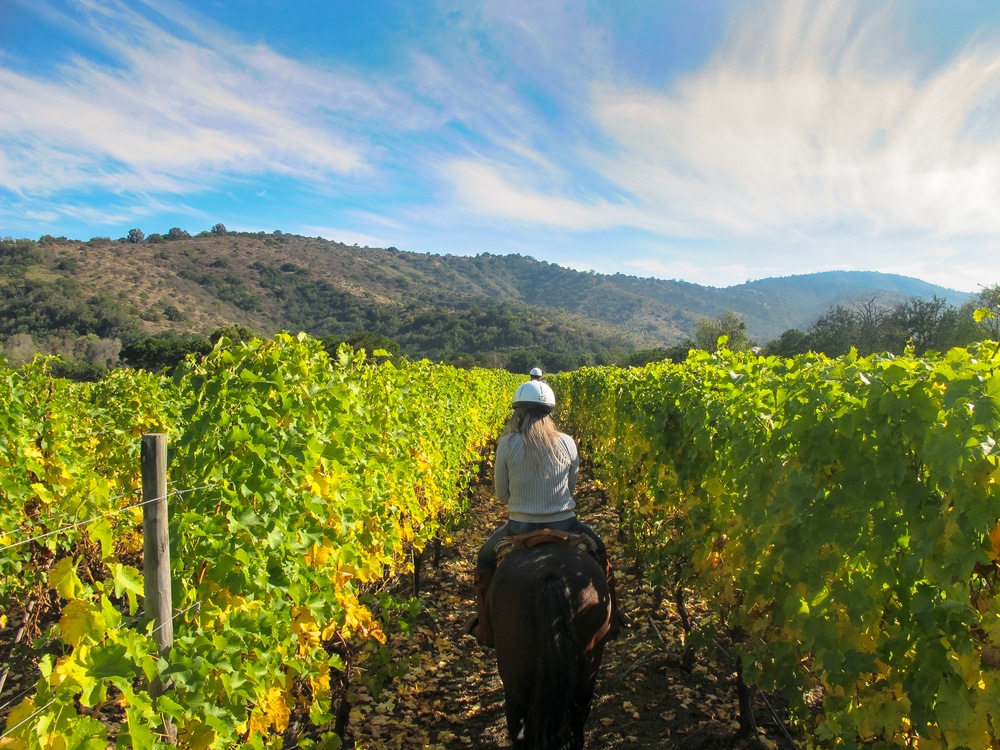
Chilean vs Argentinian Wine Country?
Rather than choose between the two, you can always combine the Chilean Winelands with a trip to the famous Argentinian vineyards of Mendoza – just an hour’s flight over the Andes away. Incredibly picturesque with a balmy climate and fertile soils, Mendoza produces 60% of Argentina’s wine. When you’re not sipping on fine wines, there are endless opportunities for outdoor adventure.
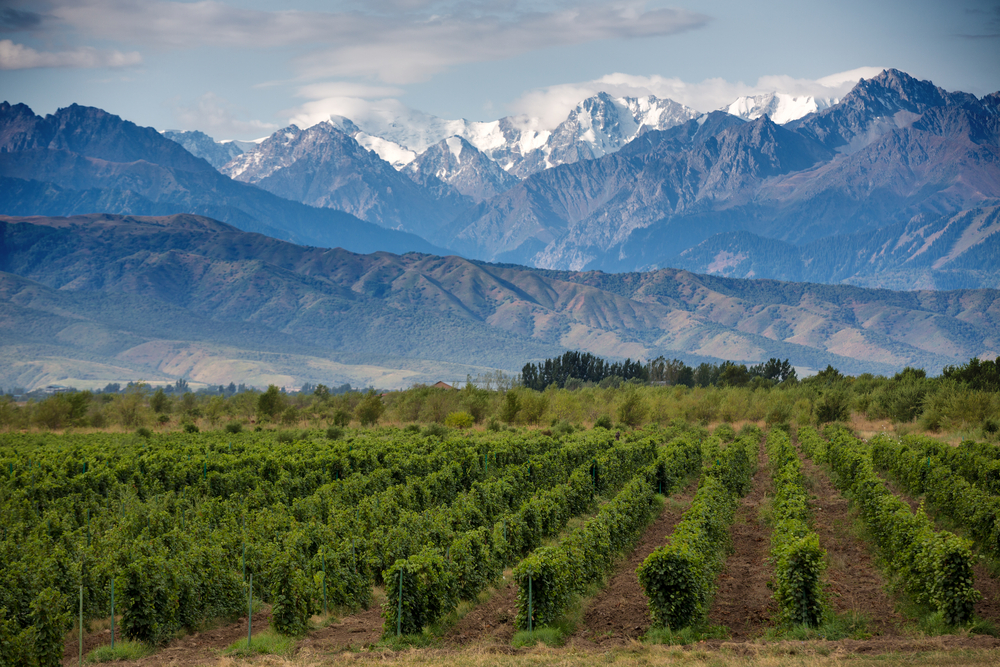
Both South American wine regions can easily be included in your luxury tailor-made holiday. Get in touch with our experts to learn more.

